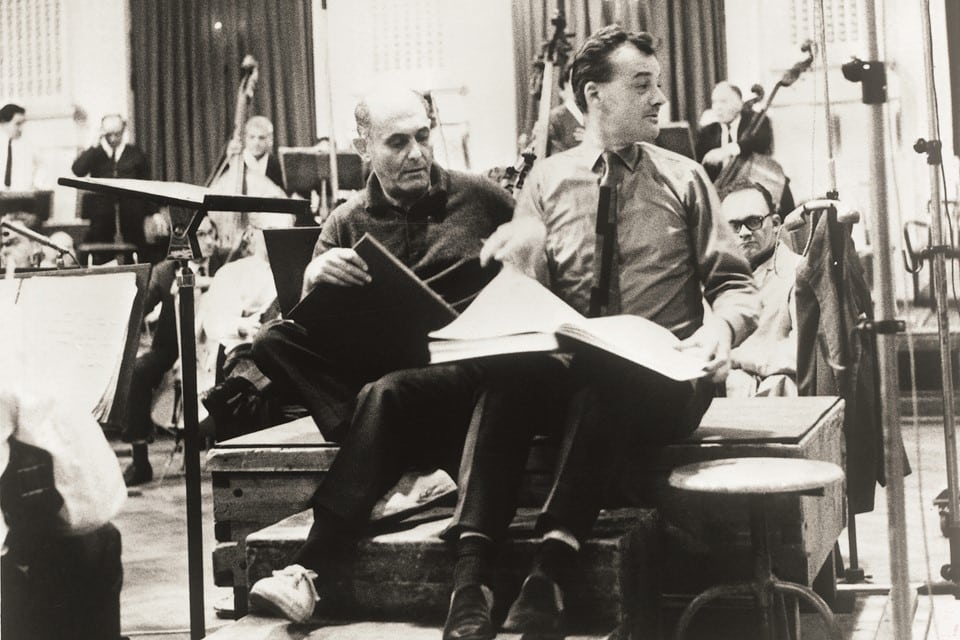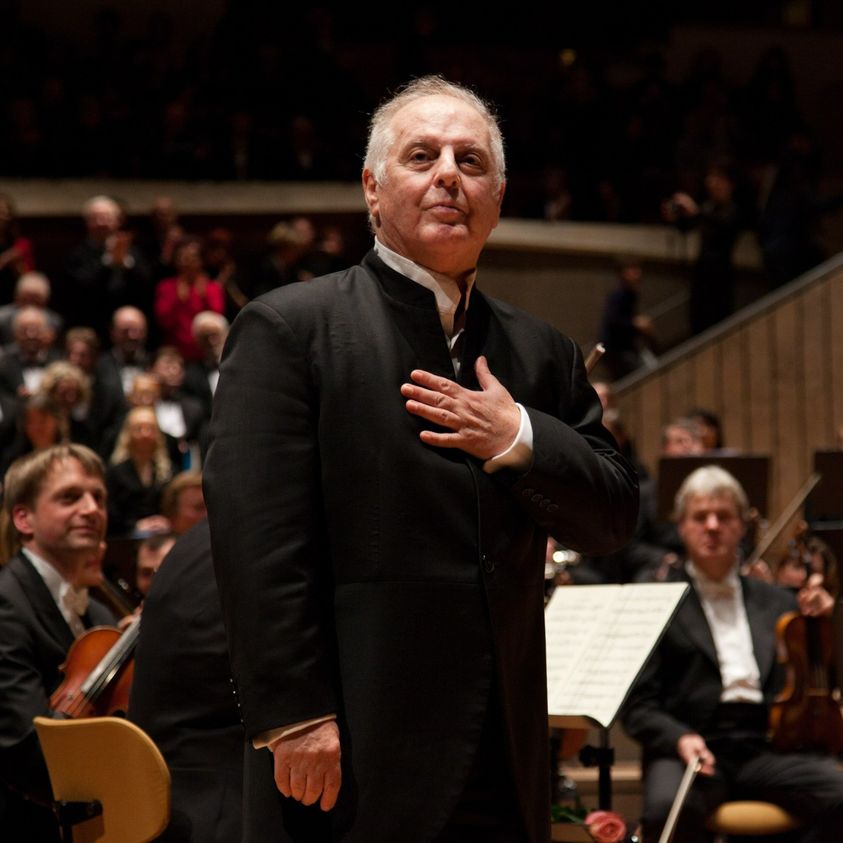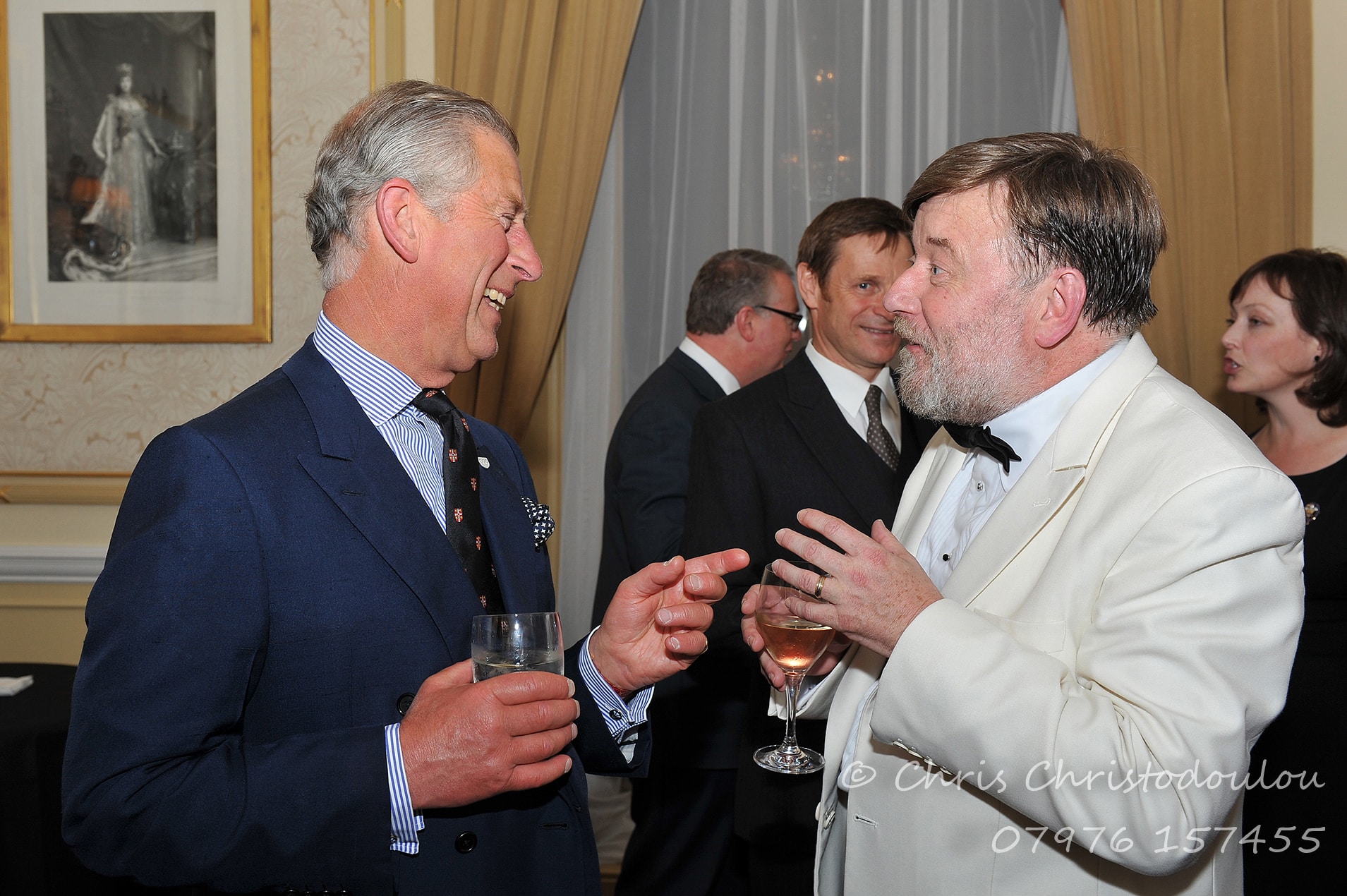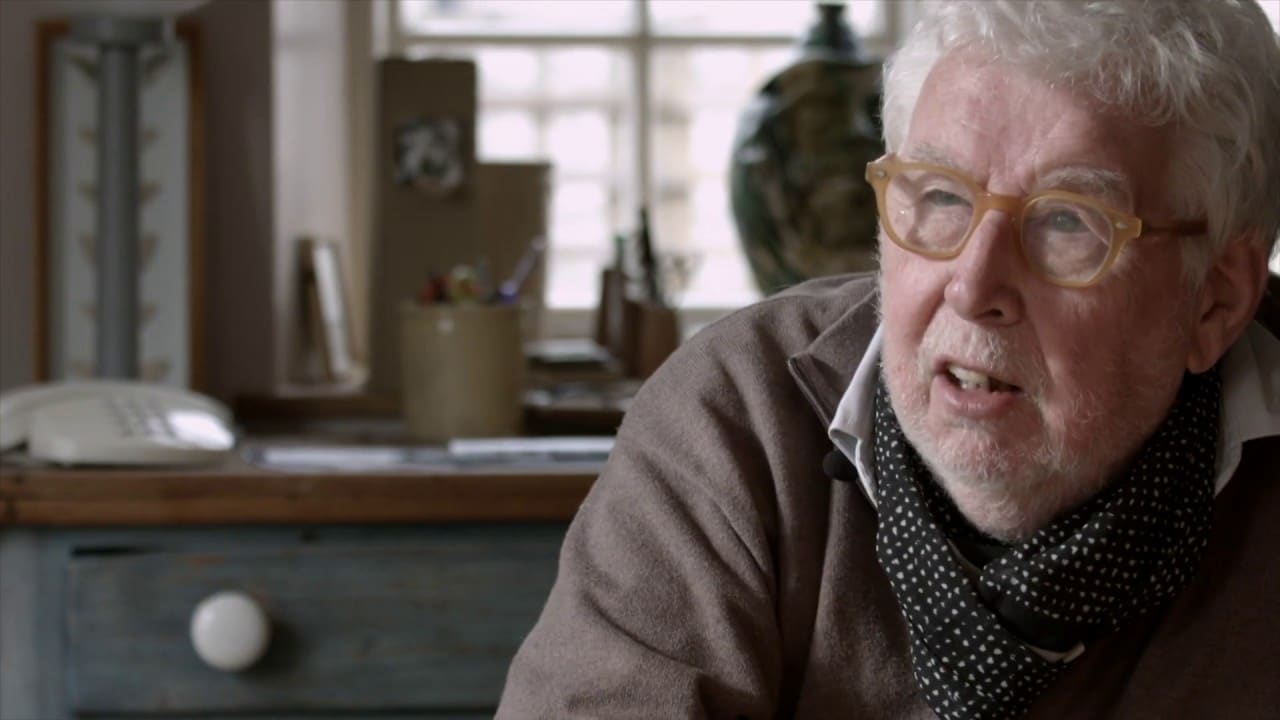New Zealand is diversifying its orchestra
NewsNew Zealand Symphony Orchestra chief executive Peter Biggs has told a parliamentary select committee that he is aiming to correct the company’s gender imbalance and minority quotient.
From his reported comments:
Biggs said the NZSO was working on a new set of values … It altered its touring model to deeply engage with diverse communities–particularly Māori and rangatahi–and reverse its carbon footprint…
Biggs said the orchestra was “very conscious” of the need for gender balance within its staffing, but acknowledged this was a “generational issue”. He expected a number of players over the coming years to retire. More young women were both coming through as musicians, and being recruited into the player contingent. This was mainly due to many Kiwis returning from overseas, and they were also coming from the NZSO National Youth Orchestra…. Biggs also said the orchestra “could do better” in terms of cultural diversity across its staff.
It had “room to improve” on representing Aotearoa better, Thompson said. The NZSO was looking at working with Tongan brass bands in south Auckland, and Pacific choirs.
Collaborations were under way with two iwi – Ngāi Tūhoe and Ngāi Tahu – which if successful the NZSO hoped to use as models for future work. It was also looking to invest in a director of Māori engagement. “There’s a lot of work to be done in this space,” he said.
Confession is good for the soul. Contrition is good for state funding.







This orchestra from the bottom corner of the world that conquered Europe a decade ago is going to work with Tongan brass bands. What could possibly go wrong?
https://www.scoop.co.nz/stories/CU1011/S00247/nzso-astonishes-europe-as-tour-ends-on-a-high.htm
I don’t know, Jim – what could go wrong. Tell us.
No mention of the need to improve musically I notice!
No need. Classical music is only about virtue-signalling and self-flagellation these days.
One needs to start making distinctions between fascinating cultural exchanges and attempts to reach out to communities not traditionally engaged with classical music with the excesses of “wokeism.” The New Zealand Symphony trying to engage the entire population of the country, not just one subset of it, is very different from the English Touring Opera firing half of their musicians to replace them with people of color. These distinctions are vital or else the pendulum will not swing back to the center.
“… its orchestra…” ?? There are many more than one orchestra in New Zealand, my dear Stormin’ Norman.
‘Its’ is referring to only the national orchestra. There is only one New Zealand Symphony Orchestra. It was not intended as a slight one the excellent regional orchestras, particularly the Auckland Philharmonia, so save your ire for the results of the planned ‘diversity’. The rot set in with abolition of the NZSO’s training orchestra and continually reduced funding of music in schools.
I guess that all those orchestras that can grit their teeth and hold out against PCness and wokism will just have to be satisfied with recruiting the best musicians instead. Tough call, being best.
Non-New Zealand readers need to understand the political context of all current NZ cultural funding decisions. The current government is Labour led by PM Ardern, and in its second term, from 2020 onwards, holds an absolute majority of seats. In the 2018 census, out of the approx. 4.8 million population, people of Pacific Island ethnic heritage comprised about 400k, Indigenous Maori 800k, ‘Asian’ 700k. Proportionately, far more PI and Maori have historically voted for Labour than White, or even ‘Asian’. The latter might sound somewhat counterintuitive for UK and US readers, where non-White votes traditionally skew left. However, in Australia and NZ, where around half of the Asian bloc has Chinese or Korean ethnicity, East Asian immigration has largely occurred over the past 30 years, favouring those with educational qualifications and/or wealth. Therefore, these voters have a general tendency towards the political centre-right. This is reflected in Auckland, which has the most electorate seats of any region in the nation : the Pacific dominated seats voted Labour, and the seats with the most East Asians voted right.
When NZ cultural organisations speak to parliament, the general rubric therefore has to be ‘we will get more money from non-government sources’, coupled to we will ‘diversify’. Here ‘diversity’ generally ignores or downplays the Asian element. ( The only exception to this was the Christchurch mosque terrorism where an absolute majority of the victims were born in wider Asia/Middle East.)
However, as anyone with experience attending symphony orchestras worldwide can attest, the classical music profile skews towards greater age and disposable income, the latter being proportionately of greater importance where government subsidies are lower. Professor Sayer will know better than me, but generally in NZ national piano competitions, over the past 20+ years, around 17 of the top 22 young classical pianists have east Asian ethnicity, and the remainder being White. In terms of string players in the National Youth Orchestra, perhaps a third are now of East Asian ethnicity. However, the best NZ younger classical singers have Pacific ethnic heritage, and have come through the tradition of Pacific Island church singing.
Therefore, NZ has a demographic situation where a disproportionately high percentage of youngsters with elite-level western classical training are of east Asian ethnicity; not yet exceeding the White component except for highest-level piano. Most but not all of these Asian high achievers have either attended elite NZ urban high schools, or have benefitted from the Asian cultural tradition of parents investing a great amount of money in a smaller number of children, for the customary private tutoring in science, maths, and western classical music.
What this means is that even though the core full fee-paying audience for classical music are the over-60s ( I am unusual as I am younger, and half-Indian half-Chinese ) and White, it is a demographic fact that of those under the age of 30, the fraction of the NZ population that has a high level of familiarity with western classical is overwhelmingly White and/or Asian, with the latter component steadily increasing. So long as a majority of the under-30s who have high level classical music familiarity need to have private pay-money tutoring to make up for shortfalls in public music education, this will continue.
This actually means that the NZ classical scene is actually ethnically diverse if one acknowledges that diversity means Asians in the Western classical music context. However, because PM Ardern’s Labour government has core Pacific and Maori voting support, there is a ‘diversity problem’ that must be addressed by the NZSO playing with NZ Maori metal band ‘Alien Attack’, as is noted in the linked article.
In Auckland, 28% of the population has Asian ethnic heritage ( and East Asians comprise nearly half of this ), 16% Pacific, 11% Maori. The classical music full-fee-paying audience is overwhelmingly White, but the East Asians as audience members are emerging. Generally, the parents of the classically attuned Asian youngsters do not have anything like the same western cultural knowledge. Even though they have the money, they will not turn out in force unless a superstar like Lang Lang, Yundi, or Yuja Wang appears. I pay $90 a seat for my NZSO subscription, and no matter the virtue signalling, the fraction of the Auckland Pacific population who can spend this amount every month for classical music is very low.
But there is another big problem in NZ classical music : the self-styled ‘thought leaders’ in NZ classical music. Readers are urged to google composer Michael Norris’s ‘Matauranga’. Matauranga was adjudged SOUNZ 2020 winner as ‘New Zealand’s best-ever contemporary classical piece for the year’. Listen and judge for yourselves. I paid $90 for my prime stalls seat to the NZSO to hear ‘Matauranga’ in Auckland Town Hall a couple of years ago. In the 32 seats of my row, six were occupied, and the same applied for most other prime stalls seats. Composer Norris, whose salary is paid for by the NZ taxpayer as a university academic, and others, are staunch and earnest White advocates for the Maorification of the NZSO and all other NZ cultural institutions. Increasing diversity is great, especially if one’s academic salary is paid for by the government, as is the case with most of NZ’s White ‘cultural thought leaders’. The trouble is that ‘thought leaders’ don’t have the job of cajoling people to pay full price, eg $90 a ticket, especially if they can get free or heavily discounted tickets themselves– because they are White ‘cultural thought leaders’.